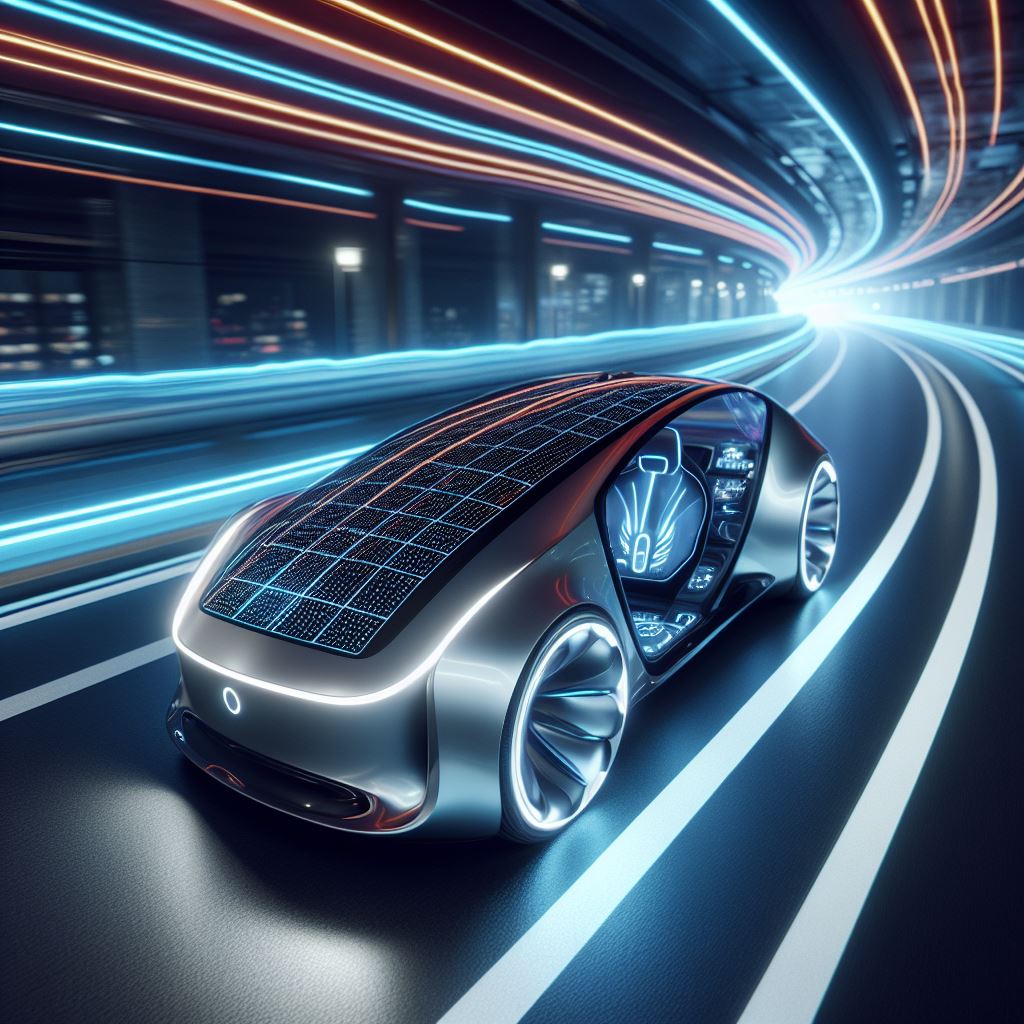
The world moves to a future where autonomous vehicles (AVs) dominate the roadways, the engineering behind these marvels of technology has come into sharp focus. High-speed design considerations form the backbone of successful AV technology, integrating complex systems like sensor fusion, high-bandwidth communication, and real-time processing architectures. These components must work in unison to ensure AVs are both safe and reliable.
Real-Time Processing Architectures in AVs
One of the foundational elements of autonomous vehicle technology is the real-time processing architecture. This system must analyze vast amounts of data from various sources instantaneously to make split-second decisions. Real-time processing in AVs involves multiple layers, from initial data capture to decision execution, demanding a meticulously designed system to handle such tasks efficiently.
In real-time processing, every microsecond counts. Engineers use advanced CPUs, GPUs, and custom-designed ASICs (Application-Specific Integrated Circuits) to churn through data at lightning speed. These processors analyze information from LIDAR, radar, cameras, and other sensors to construct a detailed understanding of the vehicle’s surroundings.
Moreover, modern AVs leverage parallel processing architectures to distribute computational loads effectively. For instance, while one processor may focus solely on image recognition to identify road signs, another might concentrate on obstacle detection. This division of labor allows AV systems to process information more rapidly than if a single processor were tasked with all these functions.
Key Aspects of Sensor Fusion in Autonomous Vehicles
Sensor fusion is another critical component of AV technology. This process involves combining data from diverse sensors to create a comprehensive view of the vehicle’s environment. The challenge here lies not just in collecting the data but in merging it in a way that compensates for the limitations of individual sensors.
For example, LIDAR is excellent for mapping the physical contours of the environment but performs poorly in adverse weather conditions. Conversely, radar sensors maintain their reliability regardless of the weather but lack the resolution of LIDAR. Through sensor fusion, autonomous vehicles can leverage the strengths of each sensor type to achieve a more accurate and reliable understanding of the surroundings.
Implementing effective sensor fusion requires high-speed data pipelines capable of managing the influx of information. Data from each sensor type must be synchronized and aligned with the vehicle’s current state, a task that demands both precision and speed. Advanced algorithms, including machine learning techniques, play a prominent role in interpreting this data, adding another layer of complexity to the sensor fusion challenge.
High-Bandwidth Communication Systems: The Lifeline of AVs
Autonomous vehicles are not islands; they must communicate with other vehicles, infrastructure, and possibly centralized traffic control systems to optimize their operation and ensure safety. This requires high-bandwidth communication systems capable of transmitting large volumes of data with minimal latency.
Dedicated Short-Range Communications (DSRC) and Cellular Vehicle-to-Everything (C-V2X) are leading technologies in this arena. DSRC is designed for high-speed, short-range communication, enabling vehicles to exchange safety messages with each other and with roadside infrastructure. C-V2X, on the other hand, extends this capability by leveraging cellular networks, offering greater range and the ability to communicate through a centralized network.
The choice between DSRC and C-V2X depends on several factors, including coverage, latency, and regulatory standards. Regardless of the chosen technology, the system must ensure robust, secure, and efficient communication to support the myriad of functions AVs perform, from cooperative collision avoidance to real-time traffic management.
Overcoming Challenges in Real-Time Processing
One of the most significant hurdles in real-time processing for autonomous vehicles is maintaining system performance under the constraints of power consumption and heat generation. Advanced CPUs and GPUs, while powerful, are also energy-intensive and generate a considerable amount of heat. Engineers must design cooling systems and power management protocols to mitigate these issues without compromising on performance.
Furthermore, ensuring redundancy and fail-safety in real-time processing systems is paramount. This involves incorporating multiple layers of backup systems that can take over should the primary system fail. Such redundancy is critical in maintaining vehicle safety and reliability, demanding innovative approaches in both hardware and software design.
Practical Implementation and Future Considerations
Putting these high-speed design considerations into practice involves a blend of cutting-edge hardware and software engineering. For instance, developing a real-time processing system might start with selecting the appropriate hardware, followed by optimizing the operating system and middleware for real-time operations, and finally, developing the application software that will run on this platform.
In sensor fusion, practical implementation requires not only the integration of different sensor data but also calibration processes to ensure data accuracy. Engineers often employ sophisticated models and simulations to predict and test how different sensor combinations will perform under various conditions.
As AV technology evolves, future considerations will likely focus on improving the efficiency and capability of these systems. Advances in processor technology, such as quantum computing, could revolutionize real-time processing, while breakthroughs in sensor technology and machine learning algorithms will enhance sensor fusion techniques. Additionally, the deployment of 5G and beyond could unlock new potentials in high-bandwidth communication, facilitating more dynamic and responsive AV systems.
High-speed design considerations are at the heart of autonomous vehicle technology. Real-time processing architectures, sensor fusion, and high-bandwidth communication systems are pivotal components that require meticulous design and optimization. By addressing these challenges head-on, engineers can pave the way for autonomous vehicles that are not only viable but also safe, reliable, and efficient. The road ahead is both exciting and daunting, with these advanced systems promising to redefine our concept of transportation.